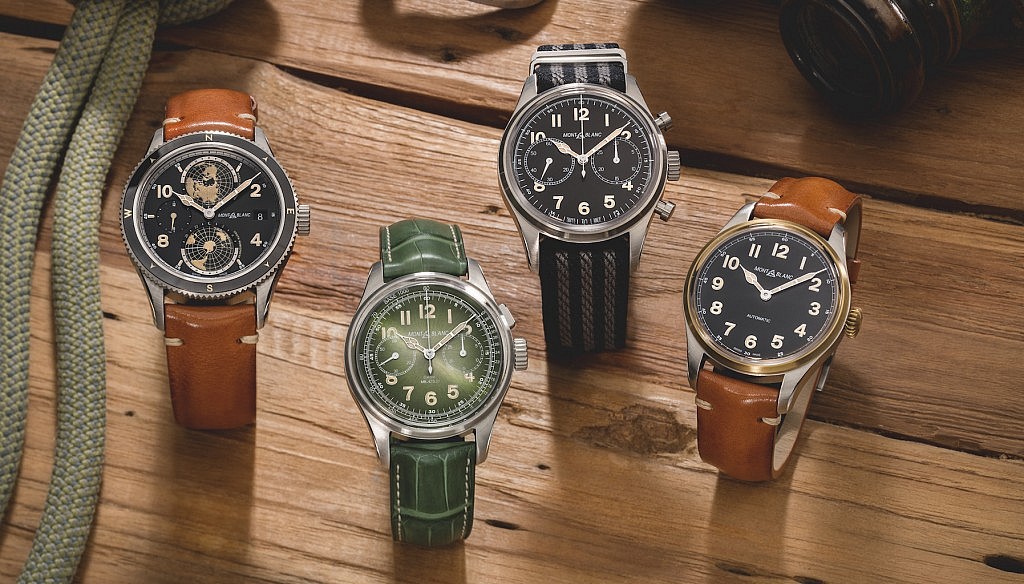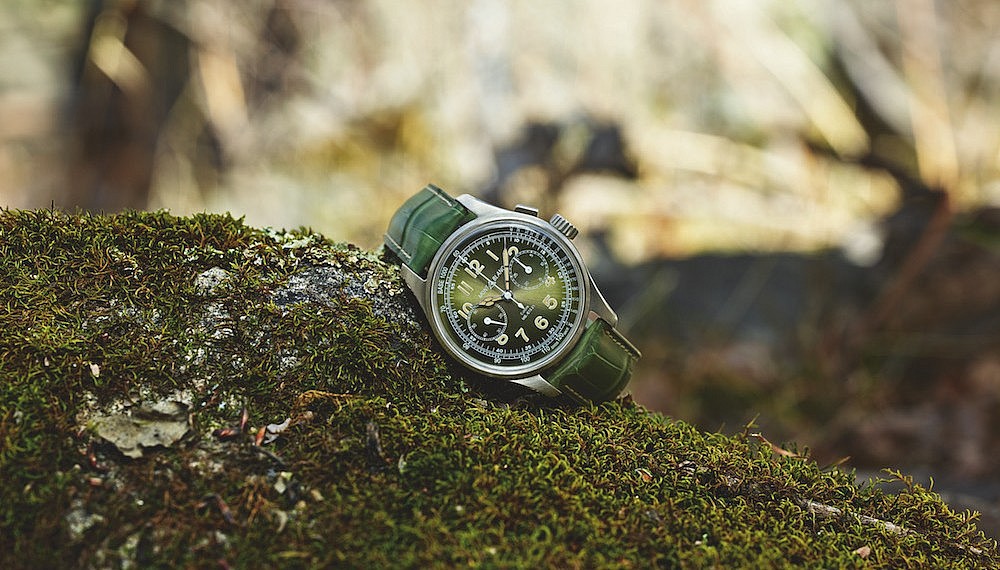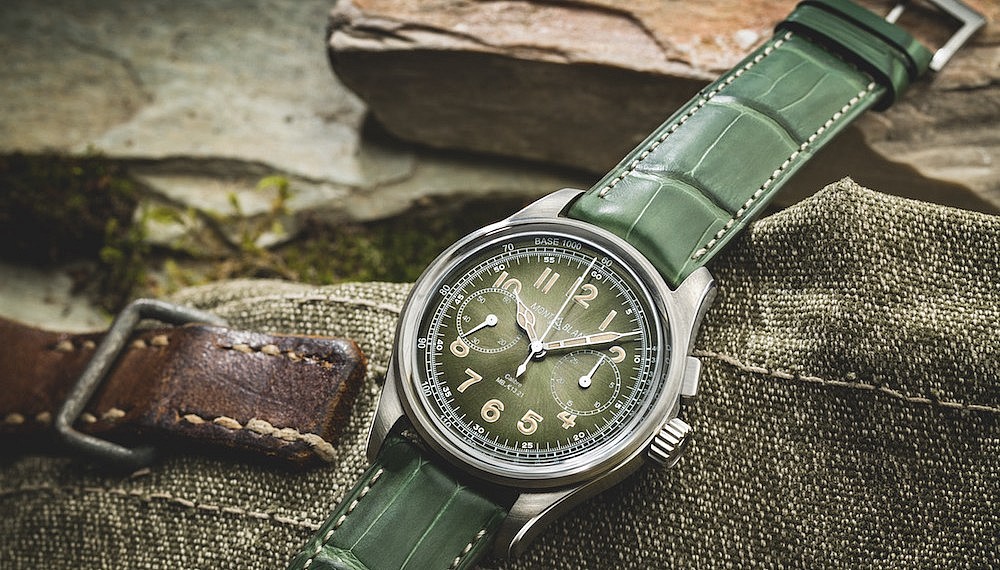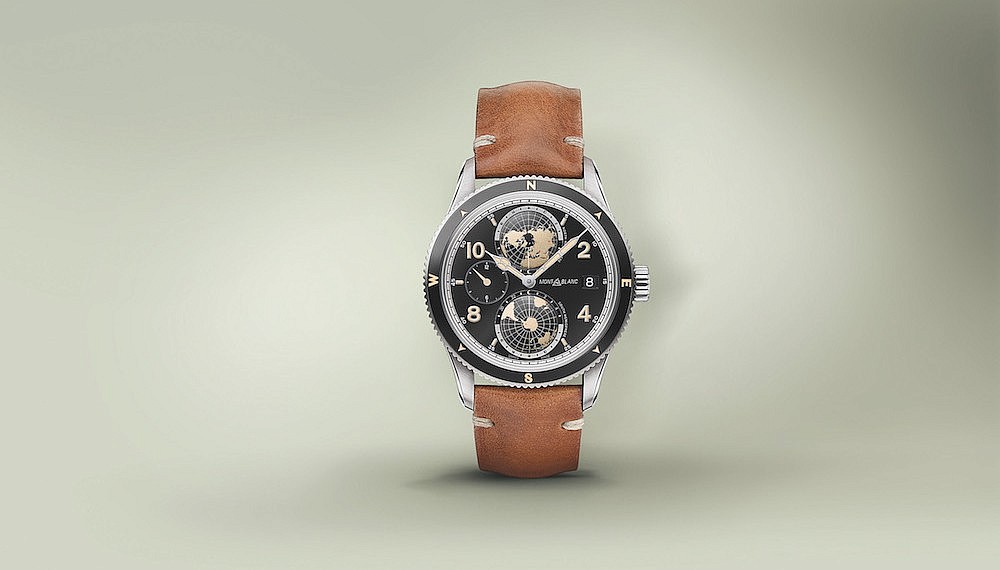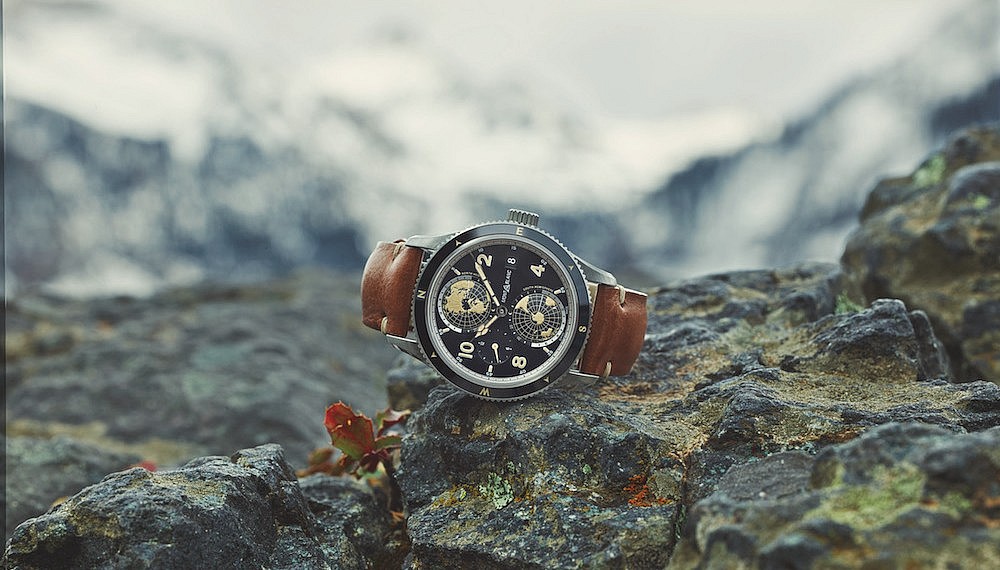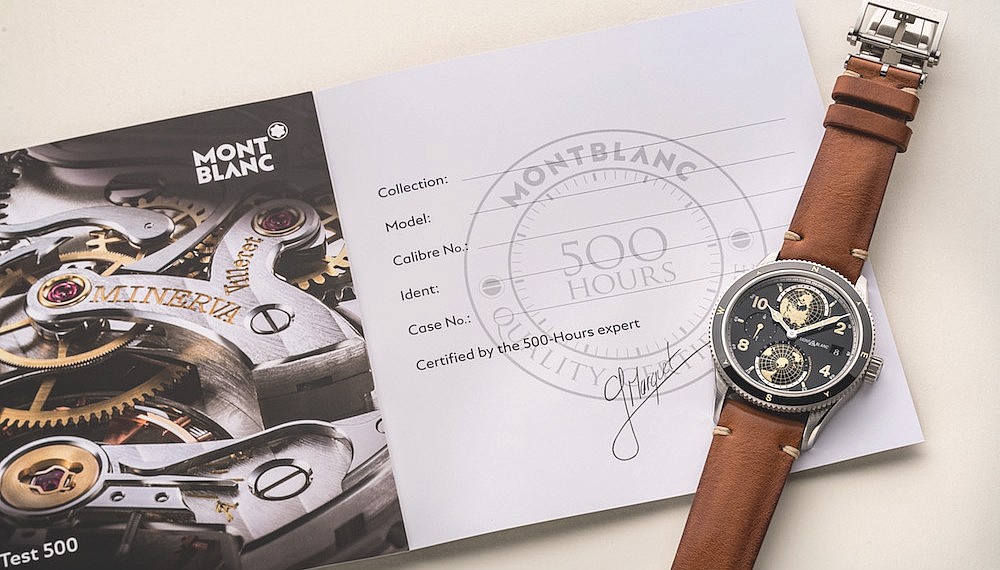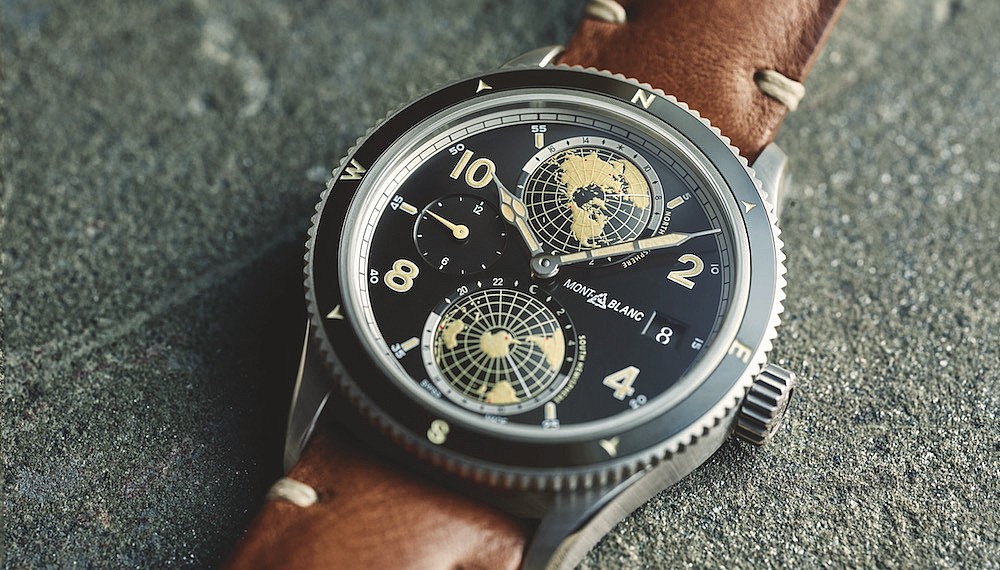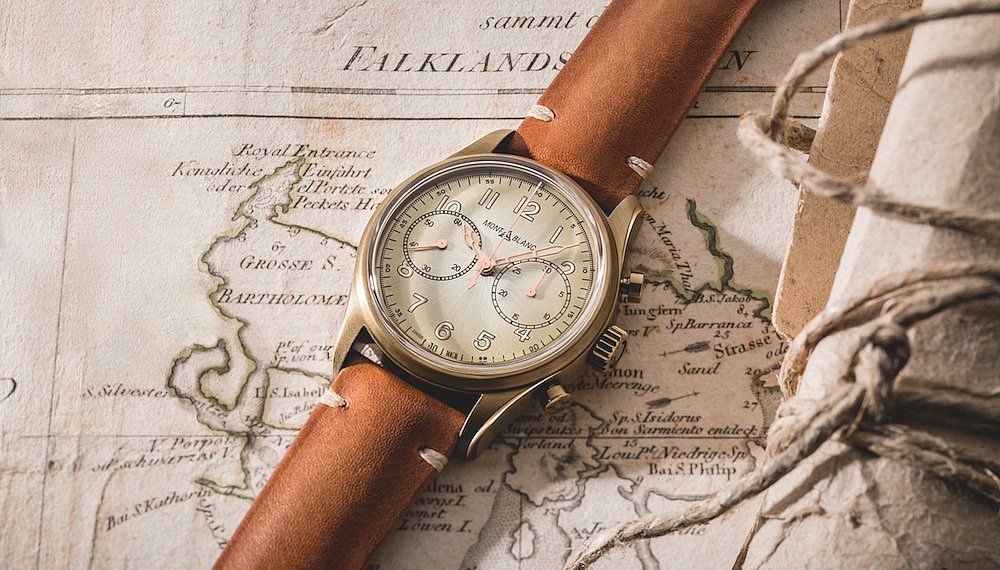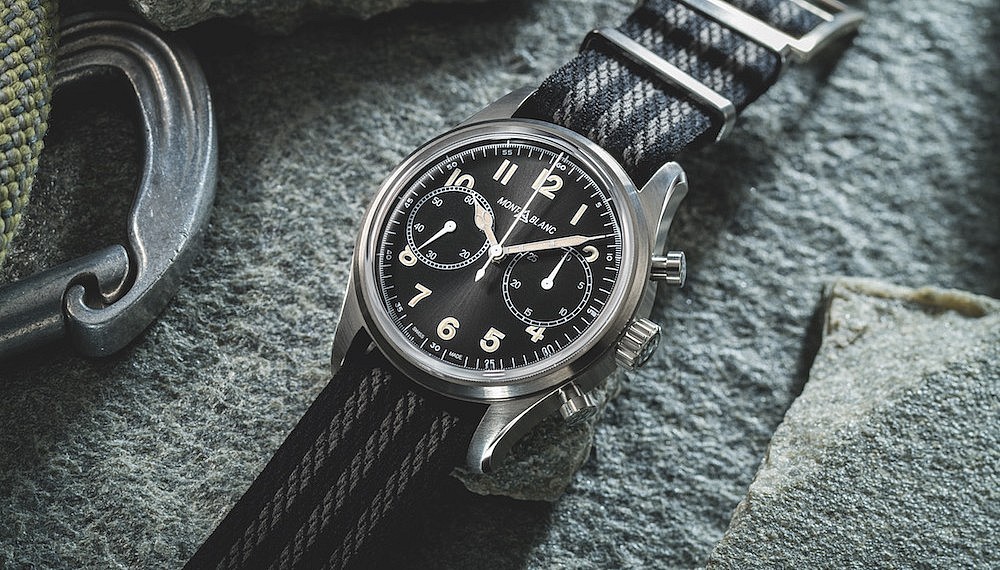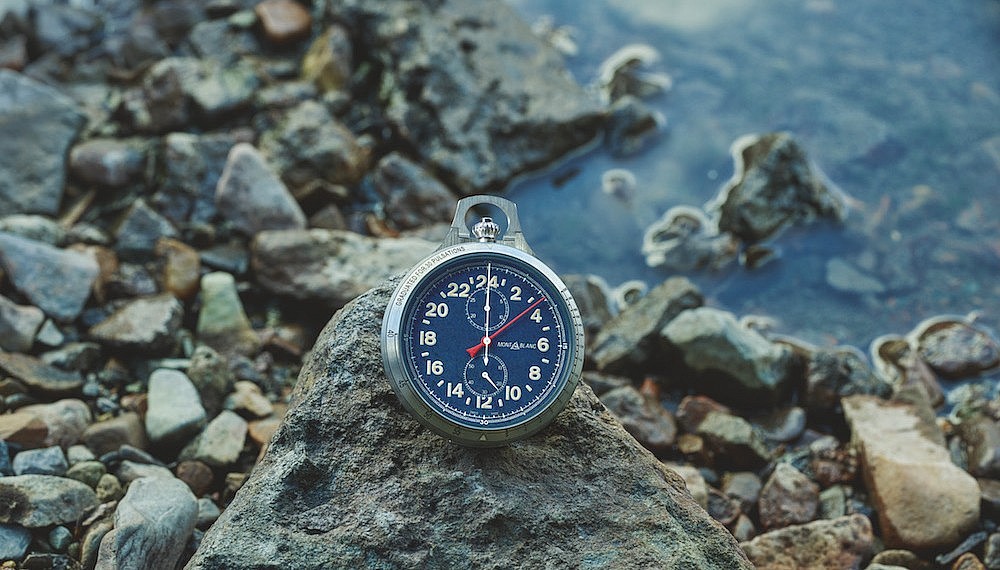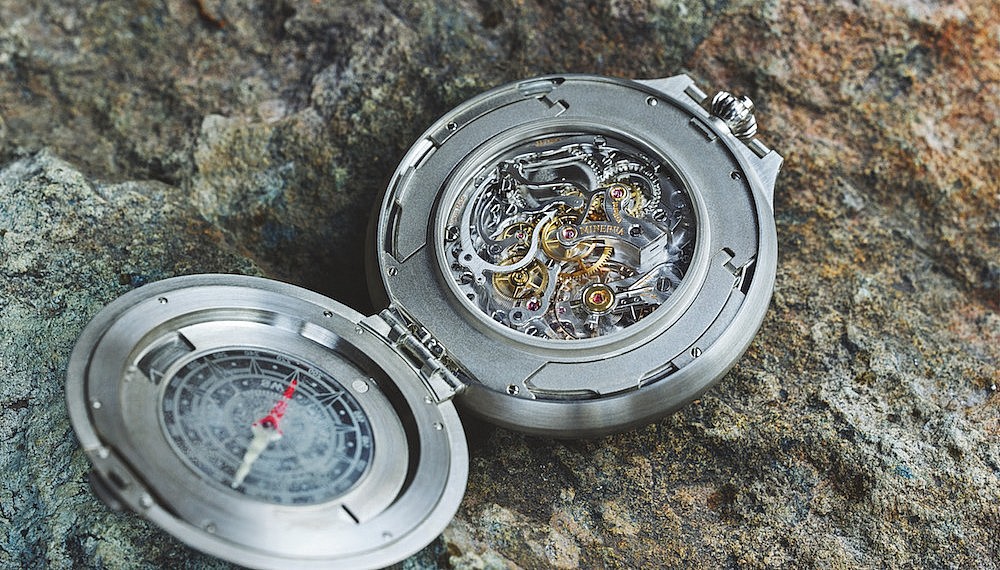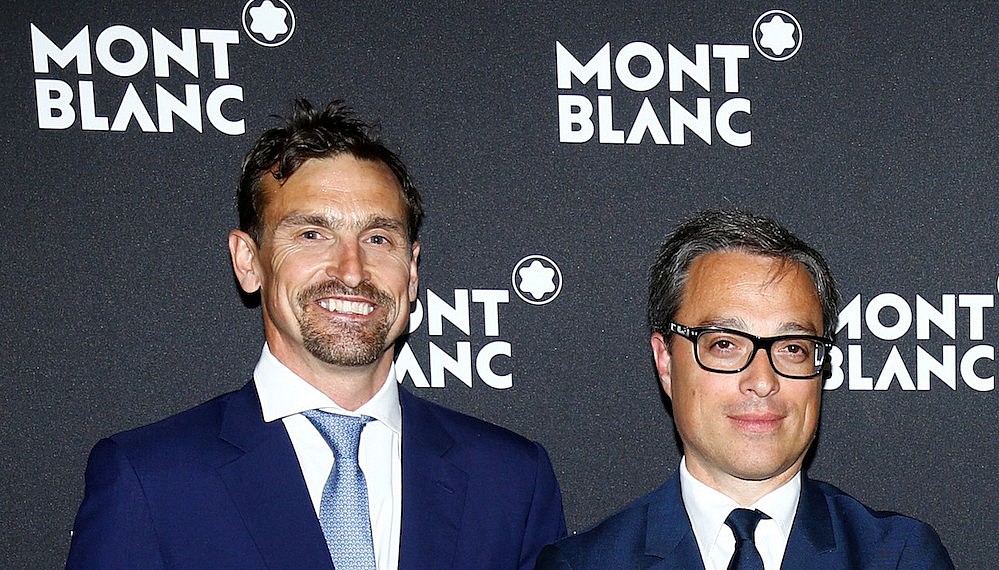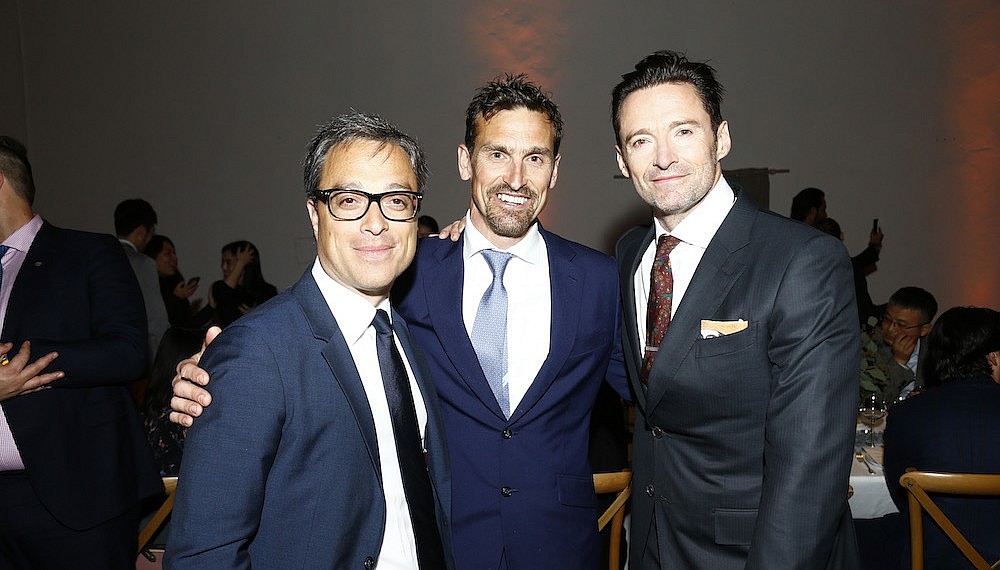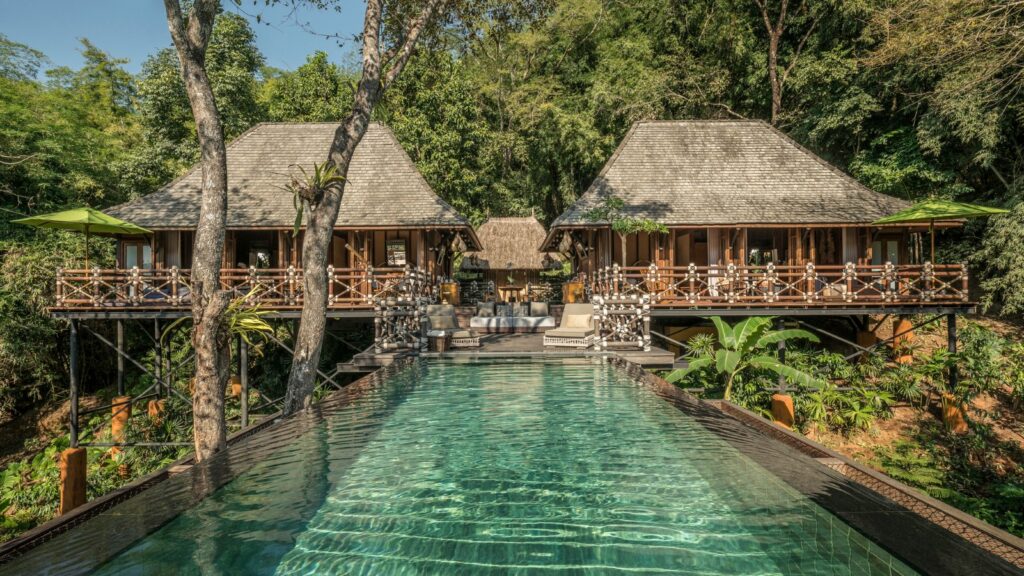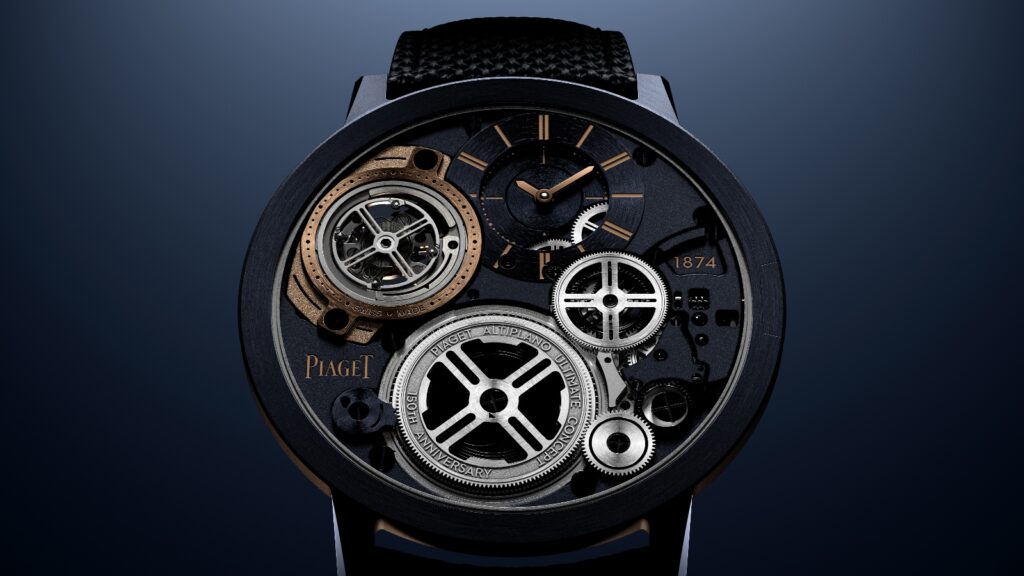higher and higher
It is late autumn at Jackson Hole, Wyoming (Pop: 10,529), a valley situated in the spectacularly scenic Teton county. Here, the giant snow-capped peaks of the Rocky Mountains loom dramatically over a serene valley floor. The quaint town of Jackson itself, founded just over a century ago, sits on an elevation of nearly 2,000 metres above sea level. Surrounding this three-square-mile town are 2.7 million acres of government land of which 97 per cent is gazetted as national parks – Yellowstone and the Grand Teton National Park being the most notable two. A common refrain here is of the elk population easily outnumbering its human inhabitants, with Jackson Hole’s magnificent wildlife cast comprising golden eagles, bison herds, grizzly bears, moose, bighorn deer, coyotes and a whole lot more.
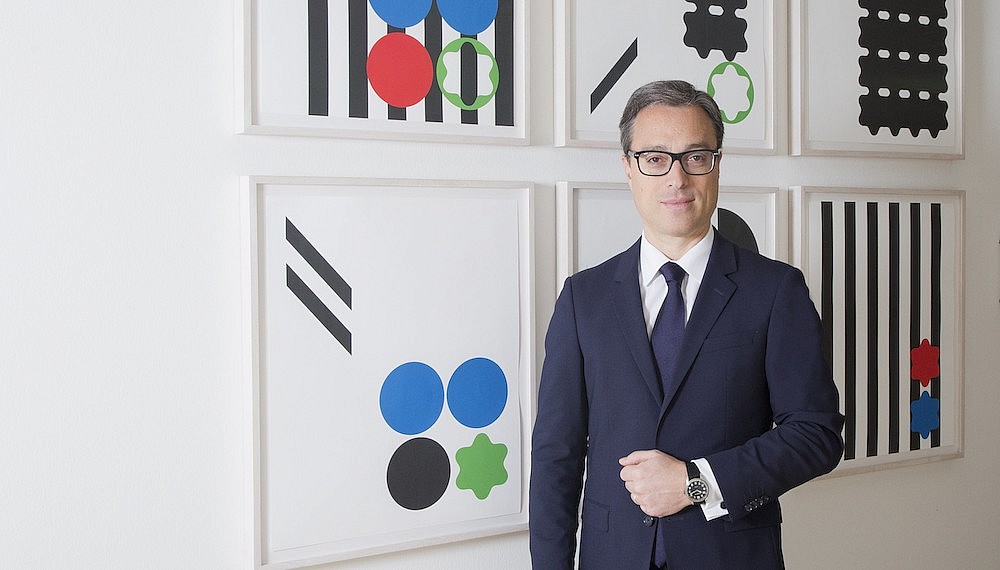
Against this dramatic backdrop of rugged wilderness, Montblanc took the stage to unveil its 1858 timepiece collection to a select group of timepiece connoisseurs and watch industry insiders. The mountainous location makes perfect sense, since the 1858 collection harks back to the founding year of the legendary Minerva manufacture, birthed among the Swiss Jura mountain range. “In 2018, we celebrate 160 years of Minerva (which Montblanc acquired in 2006),” says Montblanc’s CEO Nicolas Baretzki at the preview of the 1858 collection. “It’s special for us that in this milestone year, we are able to continue the spirit of classic watchmaking which has been the defining story of the 1858 collection,” he adds.
Through the successful integration of Minerva and Montblanc as a singular maison, Baretzki’s predecessors and his own team has developed – what he calls – ‘timepieces with character’. Baretzki, who hails from a watch-and-jewellery family, learnt early on that product authenticity is earned when the craftsman moves beyond design and mechanics, going into the realms of honest narratives, with great care for every detail. In the case of this year’s 1858 range, the collection’s narrative stems from the ‘20s and ‘30s, a period of military and aviator timepieces.
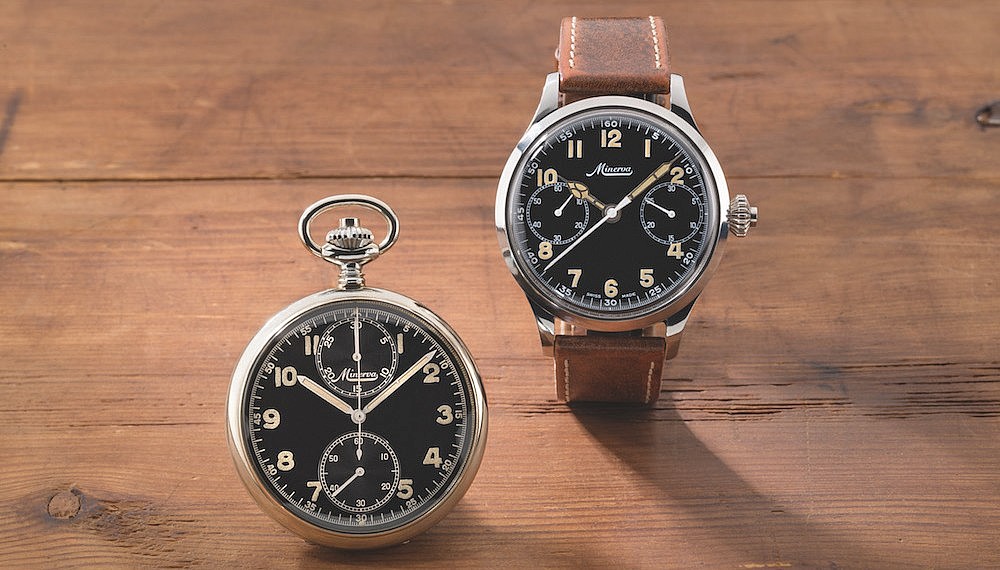
Dressed in full cowboy regalia down to his scarlet cravat, Davide Cerrato, the Managing Director of Montblanc International’s watch division, details how the idea for the current 1858 collection took its root from archival Minerva timepieces, from its military designs to its pocket watches made for the tastes of early 20th-century gentlemen. “These design codes of yesteryear and the present-day 1858 concepts reflect a watchmaking continuum between Minerva and Montblanc,” Cerrato observes. An example is in the subtle streamlining of the case sizes, from the 44mm cases executed by Minerva into the ‘easier ergonomics’ of 40mm to 42mm timepieces today.
“We worked to ensure cases are a bit more proportioned, changing the crowns on some models and bevelling the lugs,” Cerrato points out. On the 1858 collections, the combination of railway minute tracks, slimmed-out cathedral hands and a domed glass box results in a rousing vintage-looking line reflective of the early 20th century. Adding to that vintage quality is the use of bronze cases, aged leather and case-back engravings of the Mont Blanc mountain, and crossed ice pick-axes.
The 1858 collection’s top-of-line Monopusher Chronograph Limited Edition (RM136,300) – limited to 100 pieces in 40mm stainless steel – is equipped with the Calibre MB M13.21, an evolutionary descendant of Minerva’s own Calibre 13.20 conceived for its wristwatches a century ago. Calibre MB M13.21 is assembled using the same V-shaped chronograph bridge – design-protected by Minerva since 1912 – as its most distinguishing feature, a fact recognised by Montblanc etching the words ‘Minerva’ and ‘Villeret’ on it. The Montblanc Pelletteria in Florence – a centre of leatherworking excellence – also contributes to the overall aesthetics with an alligator-skin strap in a matching shade to the dial’s smoked green.
The Pelletteria’s proficiency also rewards owners of the Montblanc 1858 Geosphere (RM25,300) with rugged calf leather bund straps and calfskin straps. Calling the Geosphere “a crazy piece”, Cerrato explains that the challenge to fully realise its worldtime complication lay in achieving the right kind of white to demarcate meridians on the two domed globes – each representing one half of the world’s hemispheres. These two halves of the globe complete a rotation once every 24 hours in opposing directions, with seven red dots marking the highest peaks on each continent. The latter – fondly known as the Seven Summits Challenge – is the Holy Grail for mountaineers, an exclusive club in which less than 500 people belong to. Fittingly, the names of these seven summits are also engraved onto the case-back; Puncak Jaya, Vinson, Kilimanjaro, Aconcagua, Denali, Everest and Mount Elbrus.
Meanwhile, the 1858’s Automatic Chronograph – in a choice of 42mm bronze (RM22,800) and stainless steel (RM19,400) – is kitted with a highly comfortable and durable NATO strap, originating from an atelier in Eastern France which has, itself, been in the practice of traditional weaving for over 150 years. Rounding up the 1858 collection are the 40mm automatic pieces (RM12,100) with its bronzed bezel and fluted crowns, and the multi-purpose 60mm titanium monopusher chronograph pocket watch. The latter sports a dial of blue Dumortierite stone, a compass on its case-back and is limited to 100 pieces. The natural mineral stone, in particular, is named after French explorer and geologist Eugene Dumortier (1803 – 1873) who is famed for his paleontological study of the Alps.
Enter Kenton Cool, intrepid adventurer, mountain guide and Montblanc’s human representation for its 1858 collection. The 44-year-old Briton has summited Everest 12 times and in 2013, became the first person to summit Nuptse (the world’s 19th highest peak at 7,861 metres), Everest and Lhotse (the world’s 4th highest peak at 8,516 metres) in a single push without returning to base camp. “I’ve always been fascinated by the Golden Age of mountain exploration which occurred between 1864 and 1965,” Cool says. “The 1920s British Mount Everest expeditions had guys pushing the boundaries of what was possible in their time; working without maps, pathways. By the time the 50s rolled in, the 14 peaks of the world over 8,000 metres had already been summited.”
“I’m constantly building on the wisdom which these pioneers have passed down, using the same
basic principles and better technologies,” Cool shares. Just like how Montblanc subjects every piece of its 1858 collection to a 500-hour simulated wear test, Cool too, approaches each and every climbing expedition with a view of exhausting all the variables for failure. “We are – first and foremost – world-class risk-mitigating professionals,” he says. “Nature teaches you that on a mountain, margins for errors are so small – there is no helicopter rescue, weather can turn in an instant and you have to invest a lot of hard work, such as waking up at 9.30 at night to melt water so you have enough resources to reach the summit.”
In all this, Cool has understood, very personally, that there is no quick way to success in his field. Back in 1996, he fell during rock climbing and was told he could never again walk without a stick, much less climb. “That was the impetus for me, and I decided that I didn’t want the doctor to take away my dream and ambition. And ever since then, I’ve continued to subscribe to a philosophy that I should generate the most authentic version of myself, on a daily basis.”
